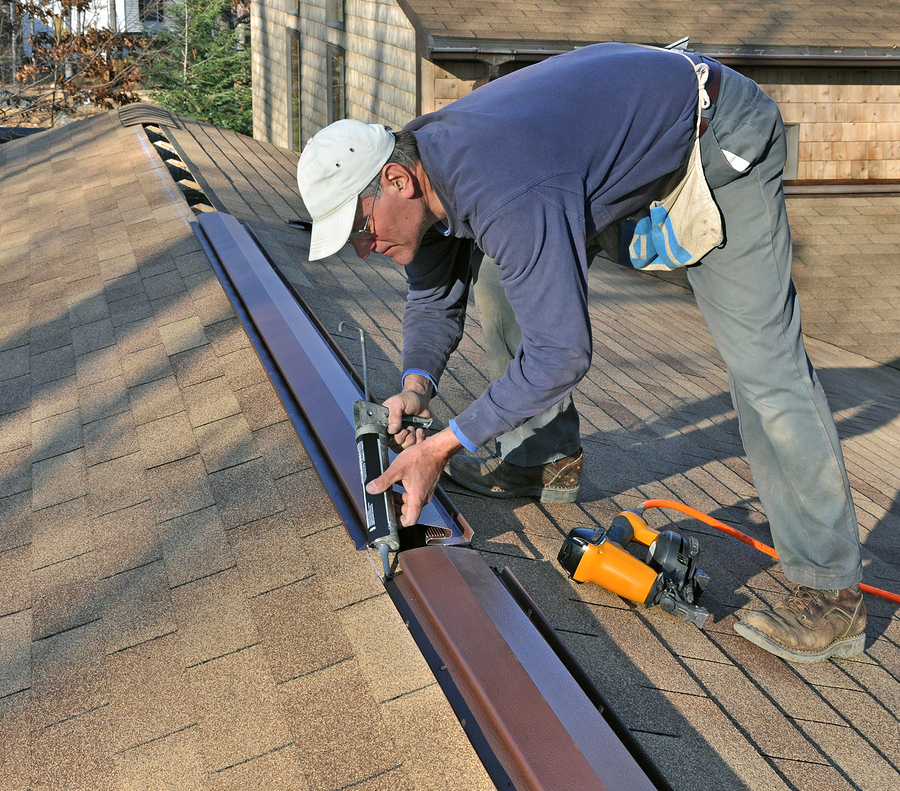
- Attics that are poorly insulated – or not insulated at all – act like a magnet to draw heat from the living spaces below. If your furnace or boiler kicks in frequently during the winter you may be spending a significant portion of your oil or gas bill to heat your attic. Your rooms cool off quickly and need to be reheated on a continuous cycle. Installing a layer of insulation that is covers the entire attic floor area is one of the best ways to reduce energy waste. The insulation prevents the heat from rising into the attic, keeping your living area warmer for longer. As a bonus, a similar process occurs during the warm weather, when air chilled by an air conditioning system or window unit is also trapped where it will do the most good – where the people live.
- A cooler attic is better for your roof. It might be hard to believe that your attic can affect the condition of your roof. But keep in mind that the roof deck, which is typically sheets of plywood, is exposed to your attic on its underside. Hot, moist air trapped in the attic can rot the plywood from beneath, causing soft spots that can allow rain and melted snow to enter your home. Better to keep your attic space cool and well ventilated to prevent moisture from building up.
- Proper ventilation can help prevent ice dams. Ice dams may be visible in your gutters, but they begin far up on your roof. A warm attic serves to warm the underside of the roof deck. This causes any snow that builds up on the roof to melt from the bottom up. The melted snow then trickles down the slope of the warmed roof until reaching the edge, where it refreezes and builds up into an ice dam. Now melted snow begins to pool, prevented from running off by the ice blockage. That water has only one place to go – into your home, where it can cause serious and expensive damage.
The solution to all of these problems is a combination of adequate insulation of the attic floor, and proper ventilation of the attic space. Small side vents built into the attic end walls are not enough. At the very least your roof should have a full-length ridge vent running along its peak to allow warm, moist air to escape. Soffits should be built into the underside of the eaves to allow fresh air to flow up into the attic. In particularly difficult cases, vents with powered fans can be used to draw air out of the attic space.
Good ventilation also helps to keep your insulation from getting wet, which makes is less effective. And circulating air is the best way to prevent mold and mildew from building up in the attic space.
Proper ventilation is an important factor in ensuring that moisture and warm air do not build up in your attic, threatening the structural integrity of your roof and easing the way for dangerous ice dams to form. If you are replacing your roof make sure ventilation is including in the design. For older roofs, ventilation can be retrofitted to help preserve the roof and perhaps even extend its service life.
If you are interested in learning more about creating a “cool” attic, call Hi-Tech Windows & Siding toll free at (800) 851-0900.
- Category: Roofing Contractor
- 0 comment
